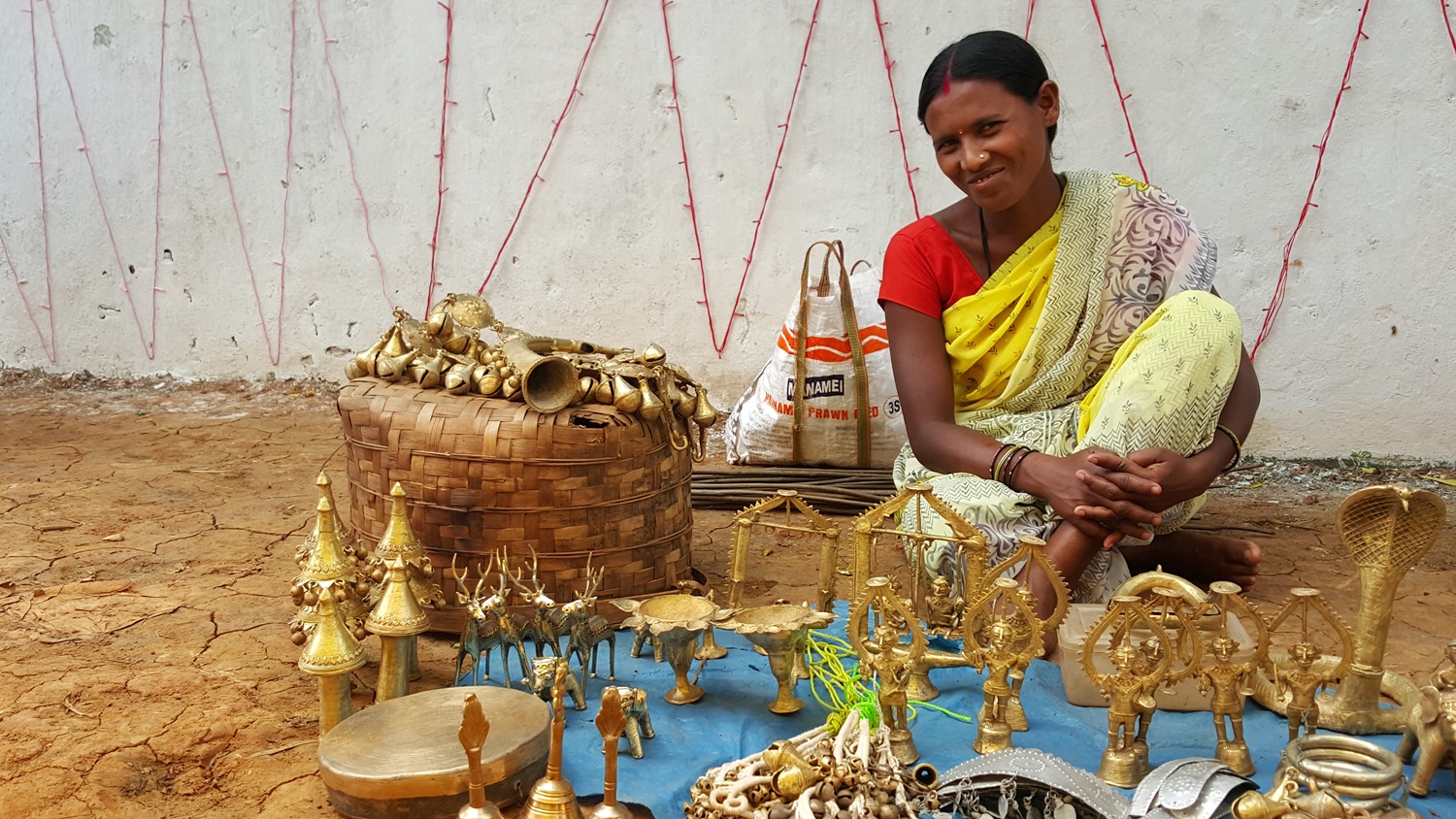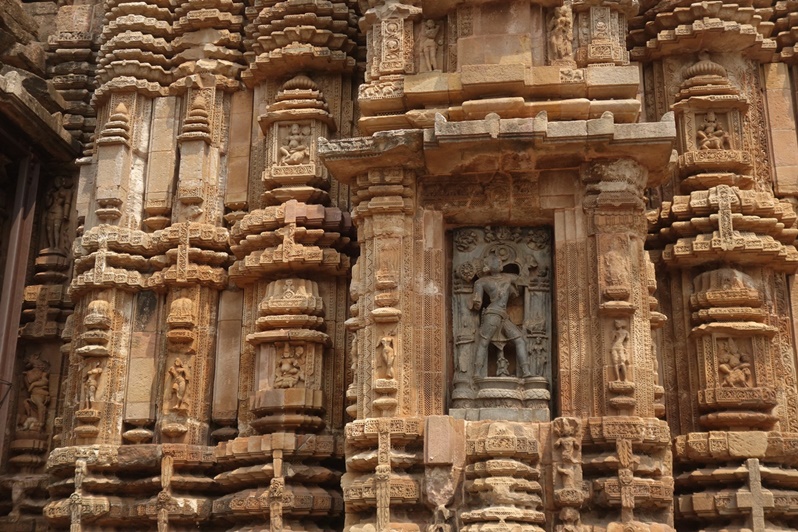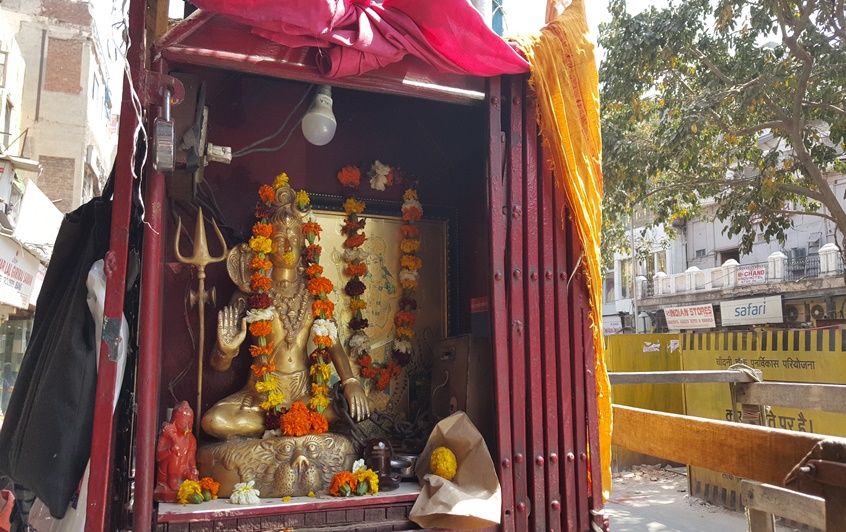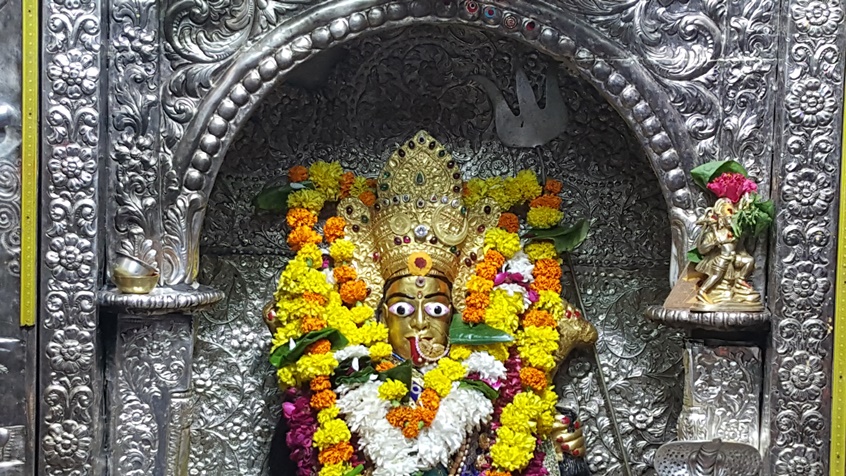
par Bertrand Bellaize, le 16 juillet 2020
Sculpture Indienne : Art Tribal Dokhra et vie quotidienne
Cet art traditionnel et artisanal, nommé art Dokra ou Dokhra n’a pas changé depuis des millénaires (+ de 4000 ans), on en retrouve des traces dans la civilisation de la vallée de l’Indus à Mohenjo Daro, notamment avec la célèbre sculpture d’une femme dansante.
Le terme Dokhra désigne à l’origine une groupe ethnique nomade d’artisans originaire du Bastar. L'art Dhokra est pratiqué par différentes communautés comme les Situlias, Ghantaras, Thataries, Ghasis, Bathudis… qui se sont répartis dans toute l’Inde après avoir émigré de l’État du Chattisgarh mais sont surtout installés dans le quart Nord Est : Odisha, West Bengale, Bihar….
Un art ancien et toujours très vivant
Le mode de fabrication est resté traditionnel jusqu’à aujourd’hui : la technique utilisée pour la fabrication des statues en laiton est toujours celle de la cire perdue.
Il est fascinant de regarder travailler les artistes Dokra : cette technique demande un grand savoir faire (qui se transmet de génération en génération), une grande habileté et une belle dextérité.
Toutes les étapes du processus sont réalisées à la main avec un matériel rudimentaire. (voir articles blog précédents)
Le travail se fait en famille, en général à l’extérieur (sauf période de mousson) sous un auvent pour se protéger du soleil : en fonction des compétences acquises, un tel va s’occuper de la récolte d’argile, de son concassage, de son mélange ou bien du modelage, du travail de la cire, de la cuisson… La famille est au centre de la vie de la communauté.
Les Dokhras font preuve d’une grande inventivité : auparavant les Dokhras produisait beaucoup d’objets utilitaires, tel des ustensiles de cuisines, des portes manteaux, des bougeoirs, des boites ….
Cependant l’arrivée sur le marché et dans les commerces de produits industriels et en plastique a fortement concurrencé cette activité qui n’est plus vraiment rentable.
Alors les Dokhras se sont adaptés : grâce aux soutiens de certaines personnalités et de l’état Indien, l’art Dokhra est de plus en plus reconnu pour sa valeur artistique.
La fabrication délaisse le pur utilitaire pour se consacrer à de l’artisanat d’art : certes ils produisent toujours certains objets usuels aussi variés que des bougeoirs, pots à crayons, lanternes, casse noix, porte-manteaux ou boites à thé… mais l’art Dokhra, de toute beauté, se concentre maintenant sur des thèmes esthétiques ou religieux.
Un lien avec la nature très profond
Certaines statues représentent la vie quotidienne : des scènes de l’existence de tous les jours, telle une femme revenant de la rivière avec une jarre ou des poissons, une autre coupant une aubergine (Brinjal) ou bien en train de moudre ou de vanner du grain, de laver du linge…
Cela peut être aussi un bûcheron rentrant de la forêt la hache sur l’épaule, un tireur à l’arc ou un couple faisant de la balançoire.
La famille est essentielle et de nombreuses femmes sont représentées avec leurs enfants, souvent dans les bras. La notion de fertilité et d’abondance est primordiale.
Les Dokhras sont à l’origine animistes, leur lien à la nature est très profond même quand ils se sont convertis à l’hindouisme ou ont adoptés certaines de leurs divinités. Les statues représentant des animaux sont donc très présentes qu’ils soient domestiques ou sauvages : cerf, tortue, éléphant, buffle et taureau, poisson, lion/tigre, chevaux, singe mais aussi des oiseaux tel le paon, la chouette….
Par ailleurs, le thème du cavalier est aussi très présent tout comme l’éléphant en parade. Il peut être alors être figuré avec de magnifiques parures, décorations et harnachements qui lui donne un air majestueux.
Une grande dignité
De nombreuses sculptures représentent des portraits de femmes ou d’hommes : soit de plein pied, en buste voire la tête seulement. Il se dégage toujours une grande dignité de ces œuvres : on peut être touché directement, les formes sont travaillées avec délicatesse mais de façon instinctive, parfois de manière simple sans détails superflus : l’artiste va à l’essentiel. L’émerveillement est proche. On sent que cet art transmet un vécu très ancien avec une grande spontanéité, une grande fraîcheur d’expression.
Les femmes, très présentes sont souvent parées de leur plus belle coiffe : les cheveux sont tirés en chignon, elles peuvent aussi montrer une superbe coiffe de plumes (souvent de paon) qui leur donnent un port gracieux. Elle exhibent leurs plus beaux bijoux : bandeau frontal fait de coquillages, colliers d’argent (souvent des pièces), bracelets divers et variés ainsi que multiples boucles (oreilles, nez).
Les hommes peuvent aussi se parer de bijoux et de coiffes de plumes.
Le regard est souvent lointain, comme situé dans un autre espace-temps.
Les Dokhras maîtrisent aussi parfaitement la fabrication de bijoux : les pendentifs sont particulièrement représentatif de leur style.
Le sacré au quotidien
Le sacré fait partie intégrante de la vie des Dokhras : on le ressent à travers leur relation à la nature mais aussi par l’importance que prennent les statues de divinités, de représentations de musiciens, de femmes et hommes lors de cérémonies.
Là encore, le style particulier des Dokhras et leur liberté d’expression permet de redécouvrir l’art sacré hindou sous un regard nouveau : Ganesh, Shiva, Lakshmi ou bien Krishna, Hanuman… de même que Bouddha nous apparaissent sous un autre jour : tout en gardant leur forme traditionnelle, ils prennent un aspect tribal.
Par ailleurs, une grand nombre de divinités animistes (Jetku et Mikti…) sont aussi réalisées et contribuent à nous faire découvrir la richesse de leur culture et sa grande diversité.
La musique, pratiquée surtout lors de cérémonies, de rituels, revêt une importance particulière qui se traduit par de nombreuses statues de musiciens jouant flûte et trompette, tambour ou cymbales et les divinités, jouant la musique céleste ne sont pas en reste !
Au travers de cet art tribal très riche, de ses sculptures, il est donc possible de découvrir à la fois un savoir-faire artisanal mais aussi d’entrer en contact une autre culture en Inde : un mode de vie au quotidien, la relation au sacré… C’est aussi une façon de voyager !


